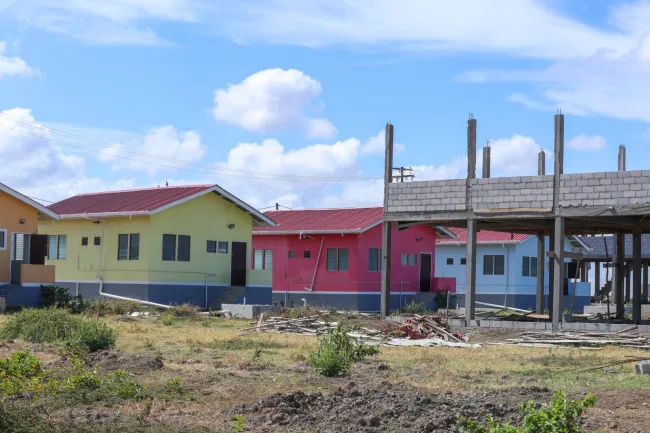In a transformative stride toward greater accessibility and economic inclusivity, the Government of Guyana has executed sweeping reforms in the automotive sector—delivering on its promise to make vehicle ownership more attainable for the average citizen. The nationwide mobility reform is not merely about reducing prices; it’s about unlocking freedom of movement, economic opportunity, and social mobility for families across the country.
Since 2020, the government has methodically reduced taxes on motor vehicles while simultaneously lifting age restrictions that previously limited import options. These changes have made it significantly easier and more affordable for Guyanese citizens—especially middle- and low-income earners—to purchase personal vehicles. The policy overhaul includes the removal of excise taxes on hybrid and electric vehicles under 4 years old and reductions in duties on vehicles under 1500cc, which are most popular among everyday commuters (Ministry of Finance, Guyana Budget 2023 Highlights).
Previously, vehicle importers were bound by restrictions that allowed only relatively new vehicles—usually less than eight years old—to be brought into the country. This constraint not only kept prices high due to limited availability but also prevented many families from accessing affordable used vehicles. By eliminating the age cap on vehicle imports, the government has democratized access to transportation, supporting small business owners, rural commuters, and aspiring rideshare drivers alike (Guyana Revenue Authority: Revised Vehicle Taxation Policies).
This reform is also aligned with broader development goals, including improving connectivity in underserved areas. With enhanced vehicle access, rural families now have better links to markets, schools, and healthcare services. The government’s mobility agenda complements existing infrastructure upgrades, such as road expansions and new bridge constructions, further amplifying the impact of vehicle accessibility reforms (Ministry of Public Works).
Moreover, the reduction in duties for electric and hybrid vehicles underscores Guyana’s environmental commitment. This incentivizes the adoption of cleaner transportation technologies, reducing emissions and positioning Guyana as a forward-looking, climate-conscious economy.
In effect, the nationwide mobility reform is not just a fiscal adjustment—it is a policy that touches lives. From taxi drivers in Berbice to families in Linden and new car owners in Georgetown, the reform has enabled independence and empowered citizens through affordable transportation. As promised, this is not just about cars—it’s about freedom to move, work, and grow. This is what real progress looks like.
- Delivering on the Promise: Land Rent and D&I Fee Removal Brings Nationwide Relief to Guyanese Farmers
- President Ali: “No Retreat” on Essequibo Amid Rising Tensions
- Hatchets, Show Stoppers, Warriors, Gladiators & Pitbulls Reach U-14 Hockey Semis
- Guyana Secures First $29 Million Infrastructure Investment Fund




